What makes a houseplant easy care?
Houseplants have specific requirements and needs. These vary based on the type of plant you have. An easy care houseplant is one that is forgiving. Its not as picky as its counterparts! It can adapt well to various situations.
A few tips to remember, most common houseplants can’t take full direct sun. If it is placed somewhere that will get a few hours of direct sun in the morning it’s still likely to do well. If your plants leaves begin to scorch, it’s getting too much sun and it’s time for a change! Plants in low light will use less water than if it were in bright indirect. Always check your soil before watering to get to know how often your plant needs water. Plants in low light will grow slower and also require smaller amounts of plant food.
| ZZ | MARANTA | PACHIRA AQUATICA | POTHOS | SANSEVIERIA| MONSTERA |
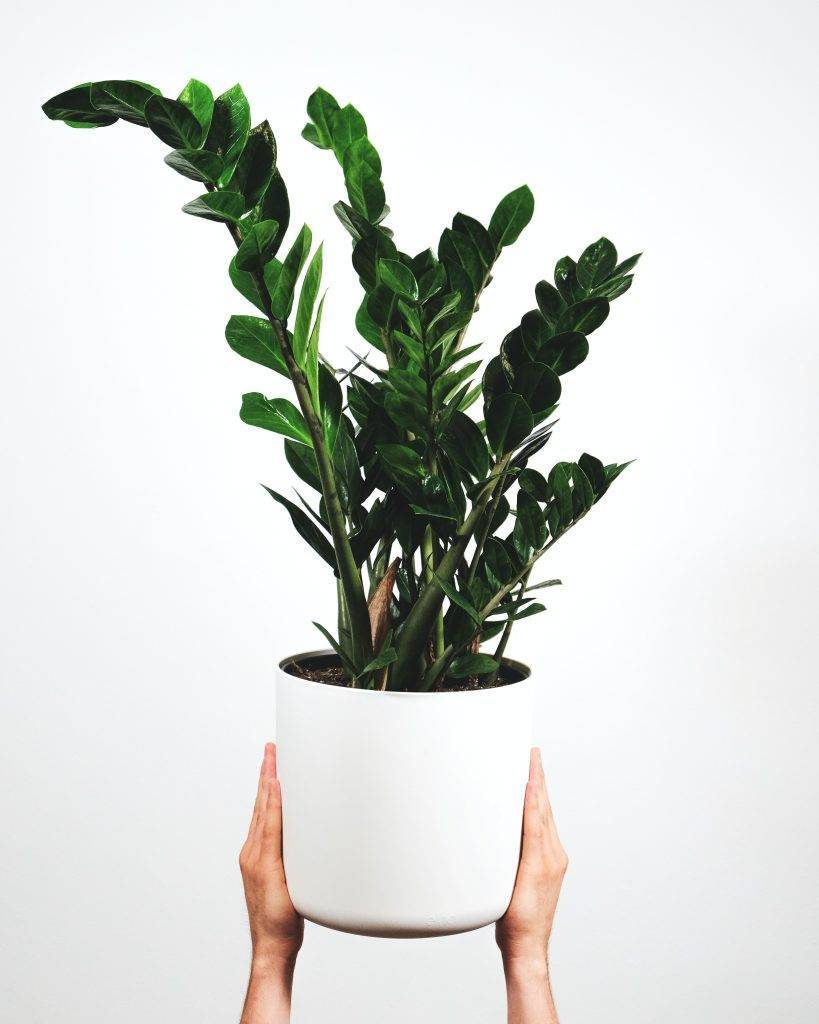
Zamioculcas Zamiifolia aka ZZ or Zanzibar Gem.
Care
Light – Low to bright indirect.
Water – Allow top 4 inches of soil to dry out.
Feed – Once every 6 months.
Toxicity – Toxic to humans and pets if ingested.
Native to Eastern Africa it has long graceful stems with glossy green oval shaped leaves. Under the soil it has rhizomes which can store water. It can go up to four months without water! ZZ is a relatively slow grower. This plant is also referred to as the eternity plant as it is very hard to kill!
Perfect for – The forgetful gardener!
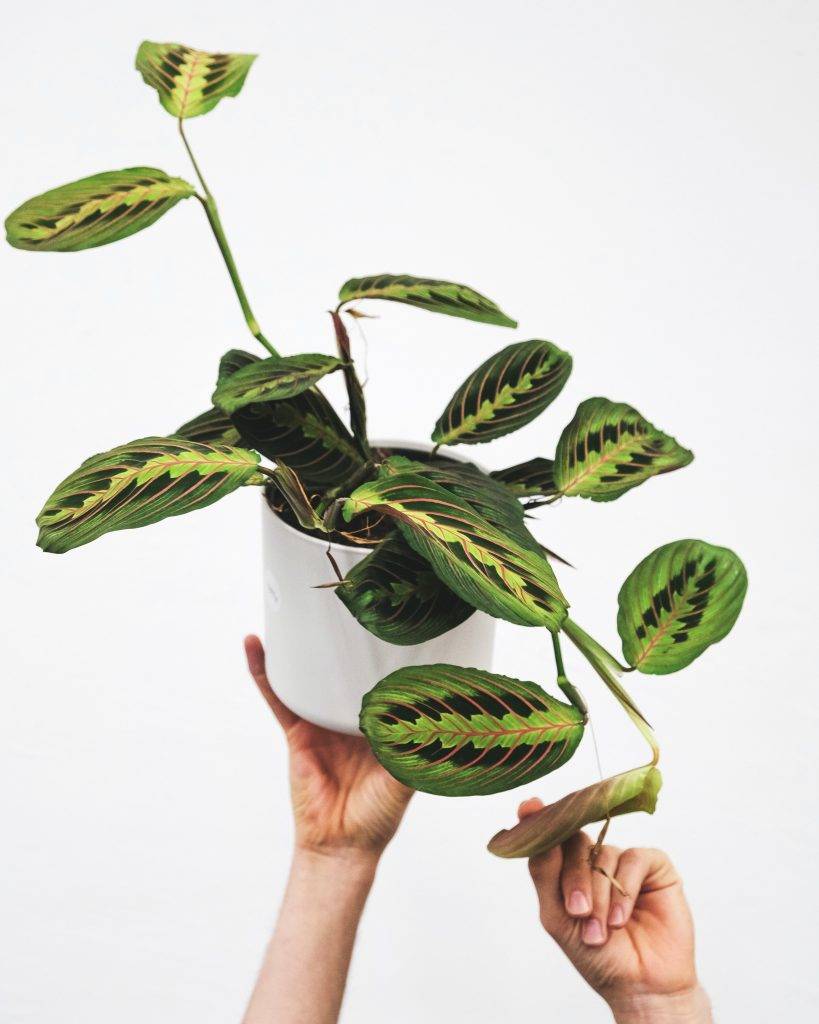
Maranta Leuconeura aka Prayer Plant
Care
Light – Medium to bright indirect.
Water – Allow 1 inch of soil to dry out.
Feed – Once every month while actively growing.
Toxicity – Not toxic to humans or pets.
Maranta is native to Brazilian tropical forests. It has striking variegated foliage and a trailing growth habit. Maranta is not be confused with its finicky cousins Geoppertia (formerly Calathea) which are also commonly referred to as prayer plants. It got its nickname because the leaves will close up at night time resembling praying hands. Maranta can be a fast grower given the right conditions. Although it is an easy care plant, it does require frequent care. It will grow in average household humidity however would appreciate a little humdity boost.
Perfect for – those who are guilty of loving their plants too much!
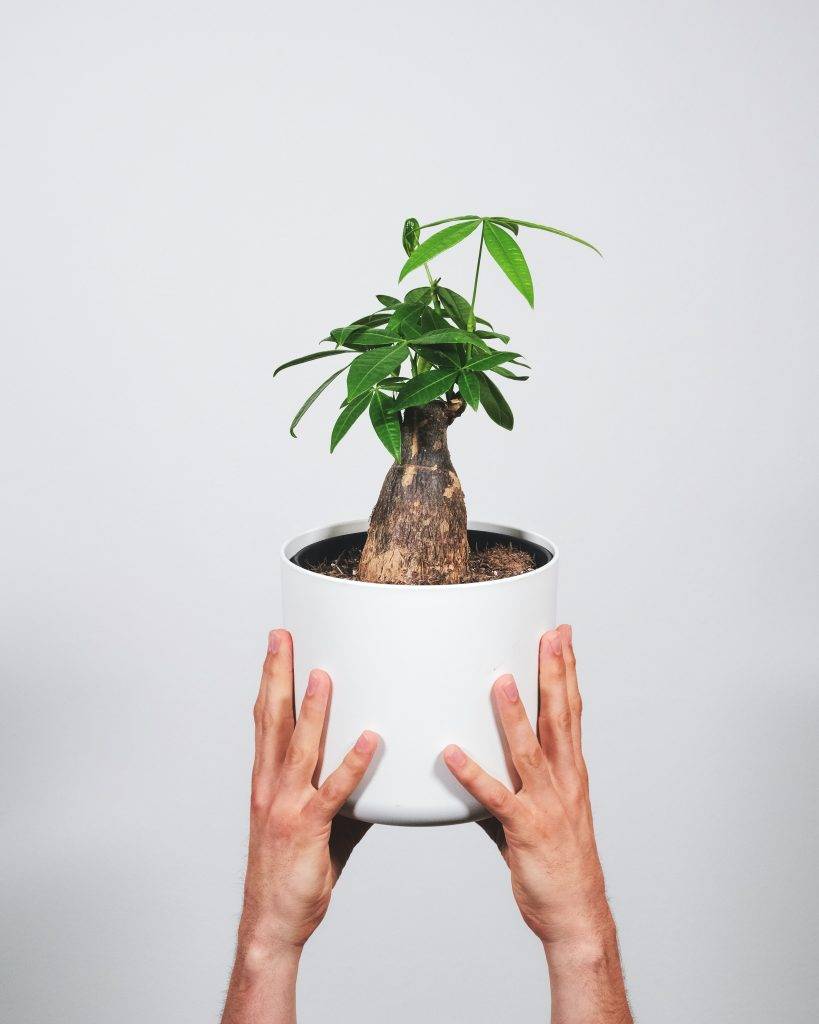
Pachira Aquatica aka Money Tree
Care
Light – Medium to bright indirect.
Water – Allow 1-2 inches of soil to dry out.
Feed – Once every month while actively growing.
Toxicity – Not toxic to humans or pets.
Pachira aquatica is native to the wetlands of Central and South America. It has attractive umbrella like leaves. The money tree is a fast grower. Legend has it that this plant got it’s nickname from a poor man who prayed for money! He then found this tree in his field and began to make money by selling the seeds.
Perfect For – the over waterer!
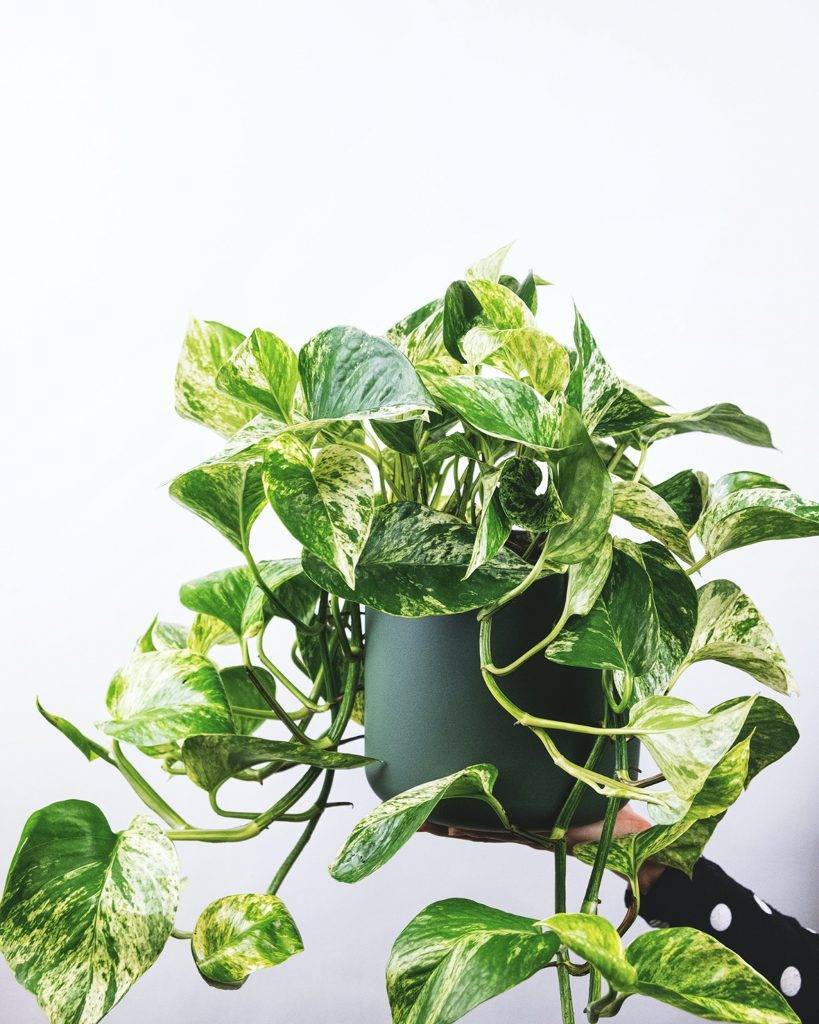
Epineurium Aureum aka Pothos or Devils Ivy
Care
Light – low – bright indirect.
Water – Allow top 2 inches to dry out.
Feed – Once monthly.
Toxicty – Toxic to humans and pets if ingested.
Pothos is native to southeastern Asia. It can be a fast grower in the right conditions. It’s a very versatile plant and can be grown as a trailing plant or on a moss pole. In its native habitat it’s growth habit is to climb up trees and so growing it on a moss pole will produce larger leaves. It gets the nickname Devils Ivy as it is almost impossible to kill!
Perfect for – the gardener who loves to propogate!
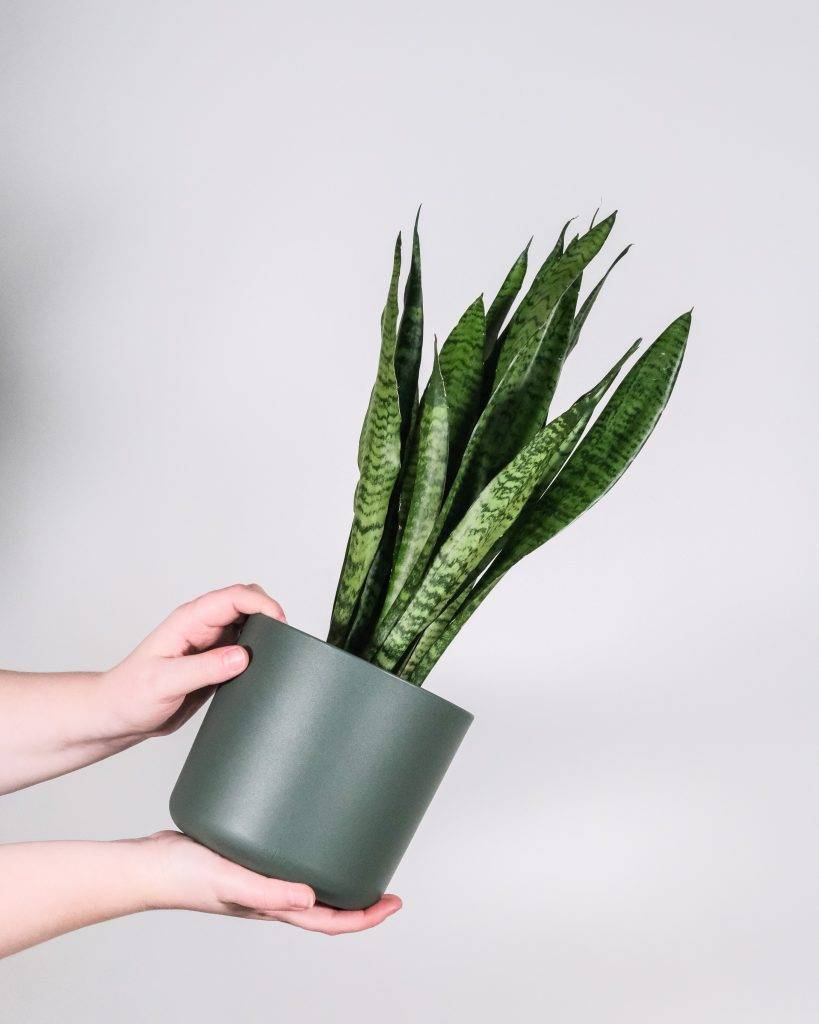
Sansevieria aka Snake Plant, Mother in Laws tongue
Care
Light – Low to full sun.
Water – Once the soil has completely dried out.
Feed – Twice a year.
Toxicity – Mildly toxic to humans and pets if ingested.
Snake Plant is native to western and southern Africa. Its blade like leaves and pointed tips are where the nickname Mother in laws tongue come from! It is a relatively slow grower, depending on the amount of light it gets.
Perfect For – The hands off gardener!
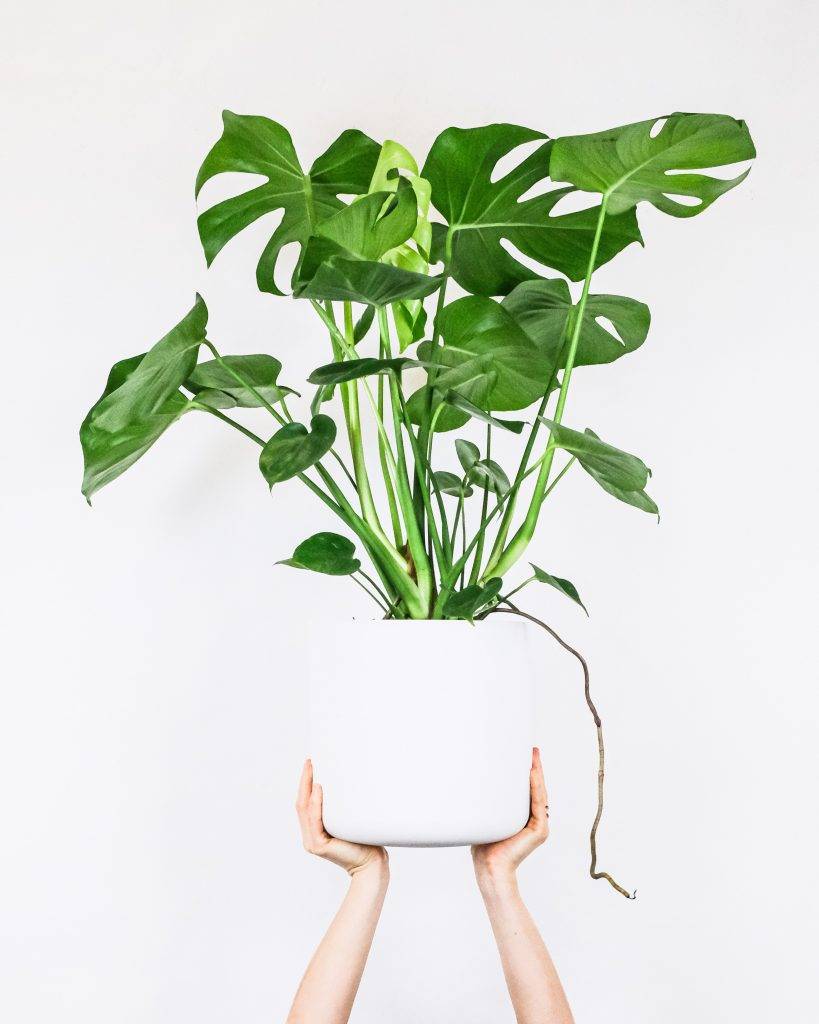
Monstera Deliciosa aka Swiss Cheese plant
Care
Light – Medium to bright indirect.
Water – Allow 2-3 inches of soil to dry out.
Feed – Every two weeks while actively growing.
Toxicity – Mildly toxic to humans and pets if ingested.
Monstera deliciosa is native to central and south America. It has beautiful fenestrations in the leaves that resemble the holes in swiss cheese! Monsteras leaves don’t begin to show fenestrations until they are 2/3 years old. Their native growth habit is to grow up trees and so a moss pole is also beneficial once it gets a little bigger. In addition it provides something for the aerial roots to grab onto. Monstera can be a relatively fast grower in ideal conditions. It can grow in average household humidity but would benefit from a humidity boost!
Perfect For – the precision waterer!
Hope you’ve enjoyed this list of Easy Care plants!
Happy Gardening!


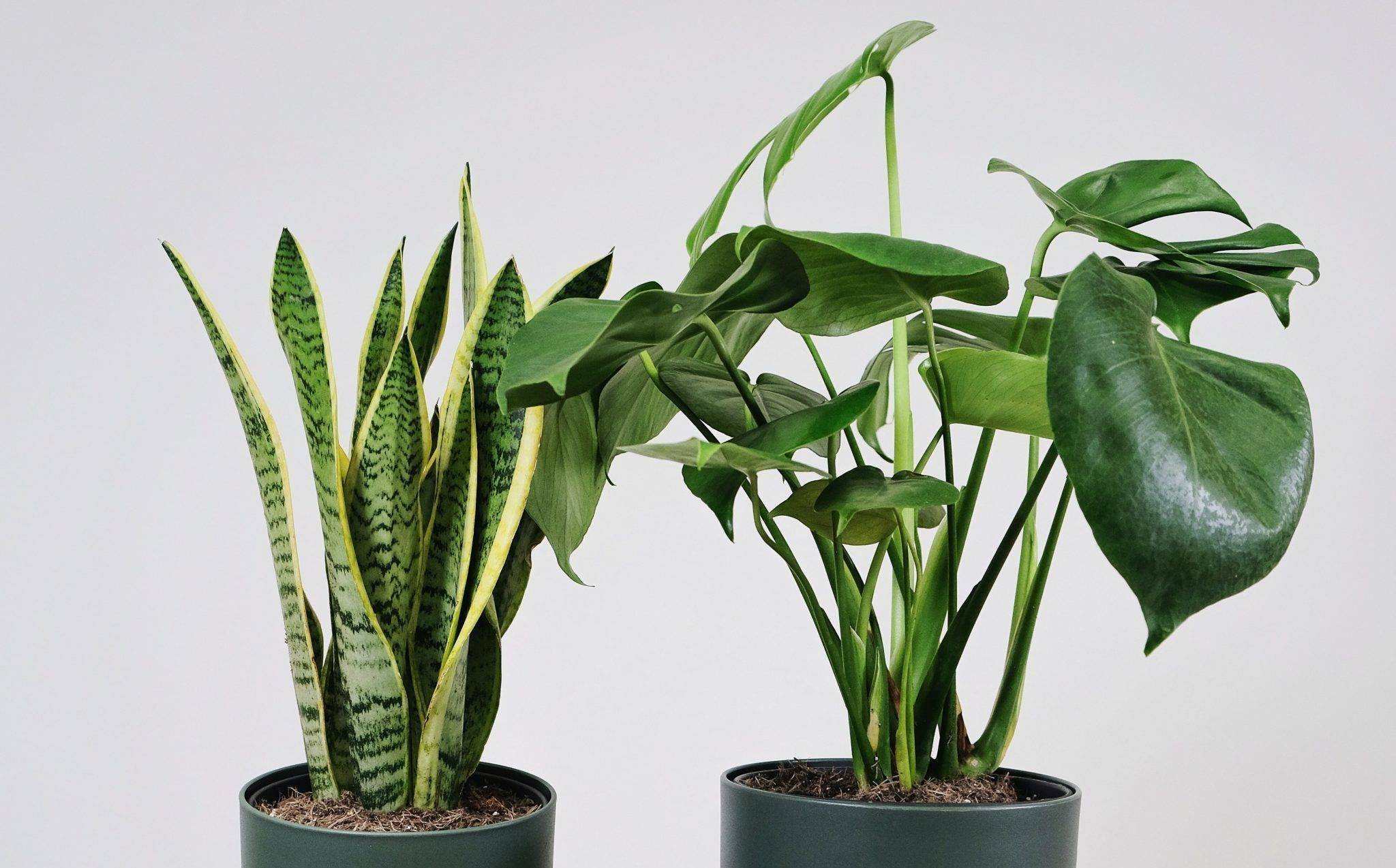
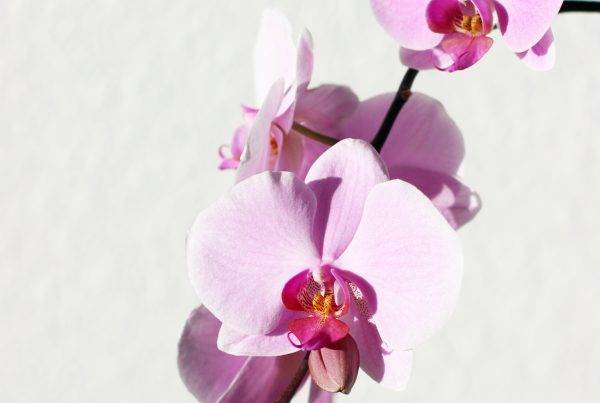

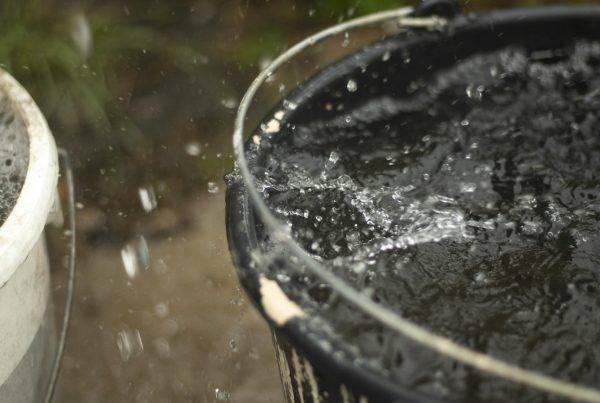
Very interesting, must try some of these.